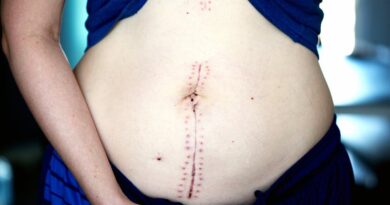Recovery Tips After Joint Surgery: Getting Back on Your Feet
What to Expect After Joint Surgery
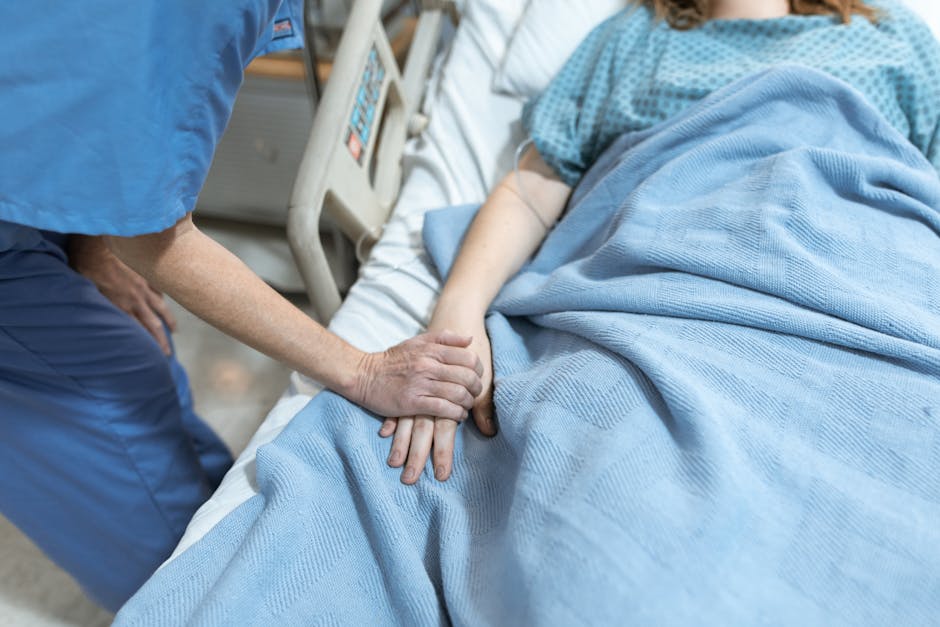
After joint surgery, your body needs time to heal and recover. You may experience pain, swelling, and stiffness in the days and weeks following the procedure. It’s important to follow your doctor’s instructions and take care of yourself during this time.
Recovery Tips After Joint Surgery
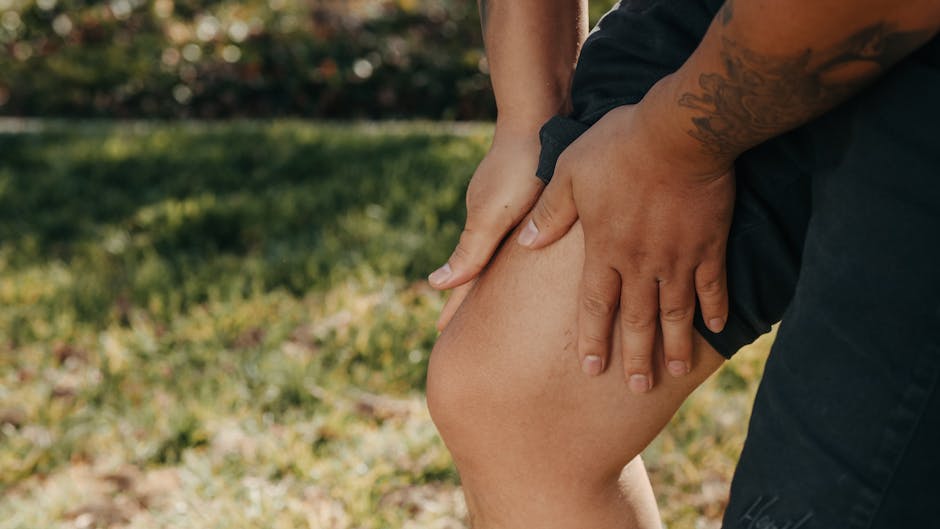
1. Manage Your Pain
Pain management is crucial during the recovery process. Your doctor may prescribe pain medication to help you cope with any discomfort. Remember to take your medication as directed and communicate with your healthcare team if you experience any unusual pain.
2. Follow Your Physical Therapy Plan
Physical therapy is an essential part of your recovery after joint surgery. Your therapist will work with you to improve your strength, flexibility, and range of motion. It’s important to follow your therapist’s recommendations and do your exercises regularly to help speed up your recovery.
3. Stay Active
While rest is important during the initial stages of recovery, staying active can also help improve your mobility and prevent stiffness. Take short walks around your home, do gentle exercises recommended by your therapist, and gradually increase your activity level as you feel able.
4. Eat a Healthy Diet
Nourishing your body with a healthy diet can help support your recovery. Focus on eating plenty of fruits, vegetables, lean proteins, and whole grains to give your body the nutrients it needs to heal. Stay hydrated and avoid processed foods that can cause inflammation.
5. Get Plenty of Rest
Rest is crucial for your body to heal after surgery. Make sure to get plenty of sleep and listen to your body’s signals. If you’re feeling tired, take a break and give yourself time to recharge. Avoid overexerting yourself, as this can slow down your recovery process.
Real-Life Examples
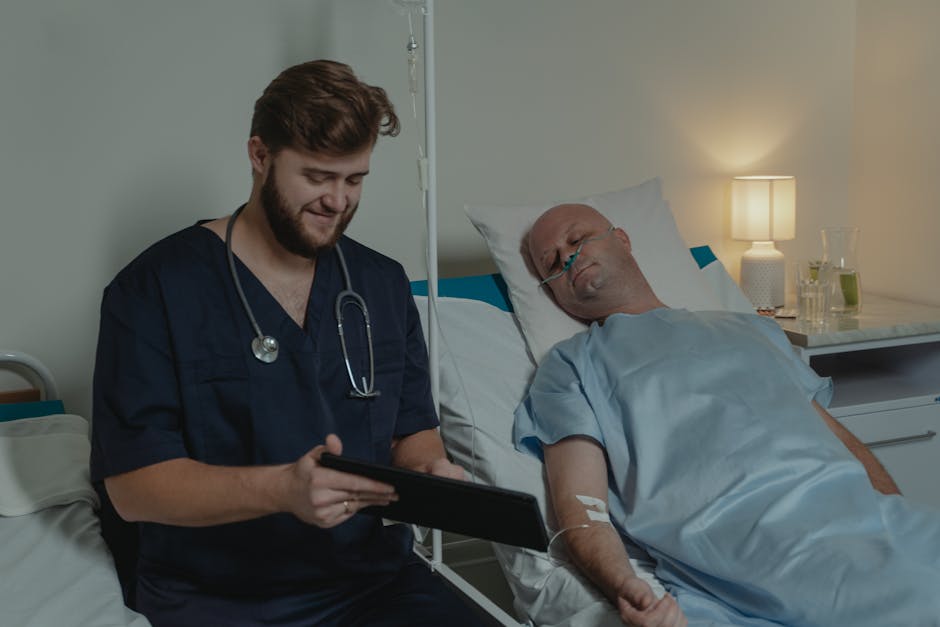
Imagine your recovery after joint surgery as a marathon, not a sprint. Just like training for a race, it takes time, effort, and patience to get back to full strength. By following these recovery tips and staying committed to your healing journey, you’ll be back on your feet in no time.
Practical Tips for a Smooth Recovery
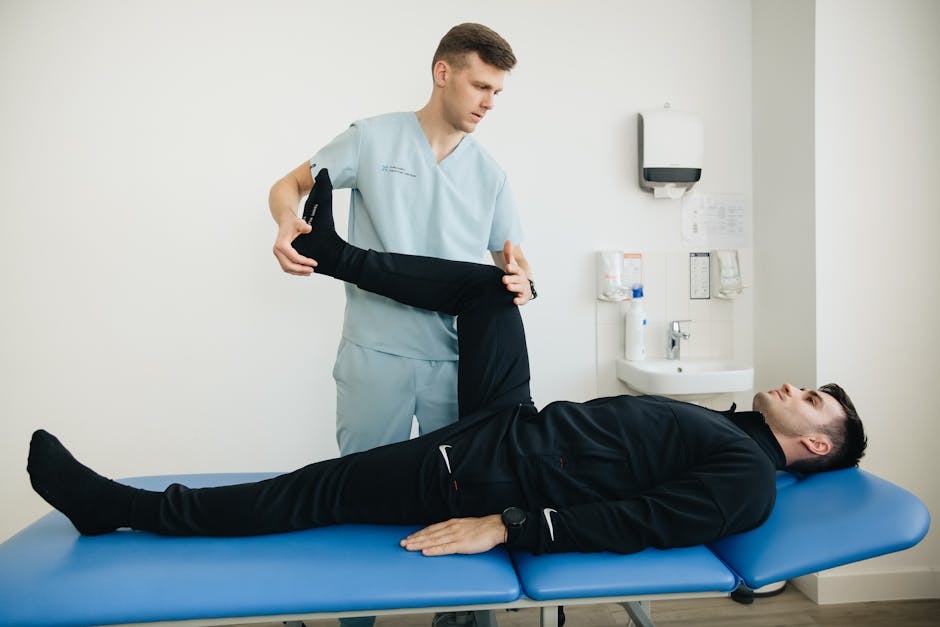
1. Set Realistic Goals
Instead of focusing on how far you have to go, celebrate each small milestone along the way. Whether it’s bending your knee a little further or being able to walk without assistance, every achievement is a step in the right direction.
2. Stay Positive
Recovery can be challenging, but maintaining a positive attitude can make a big difference. Surround yourself with supportive friends and family, and don’t be afraid to ask for help when you need it. Remember, you’re not alone in this journey.
3. Listen to Your Body
Your body will give you signals about what it needs during the recovery process. If you’re experiencing pain, swelling, or unusual symptoms, don’t ignore them. Be sure to communicate with your healthcare team and address any concerns promptly.
4. Stay Consistent
Consistency is key to a successful recovery. Make a schedule for your physical therapy exercises, medication, and follow-up appointments, and stick to it. By staying consistent with your recovery plan, you’ll give yourself the best chance for a full and speedy recovery.
Conclusion: Your Road to Recovery
Recovering from joint surgery may seem daunting, but with the right mindset and approach, you can make a smooth and successful recovery. By following these tips, staying committed to your physical therapy plan, and taking care of yourself, you’ll be well on your way to getting back on your feet and enjoying a pain-free life once again.




